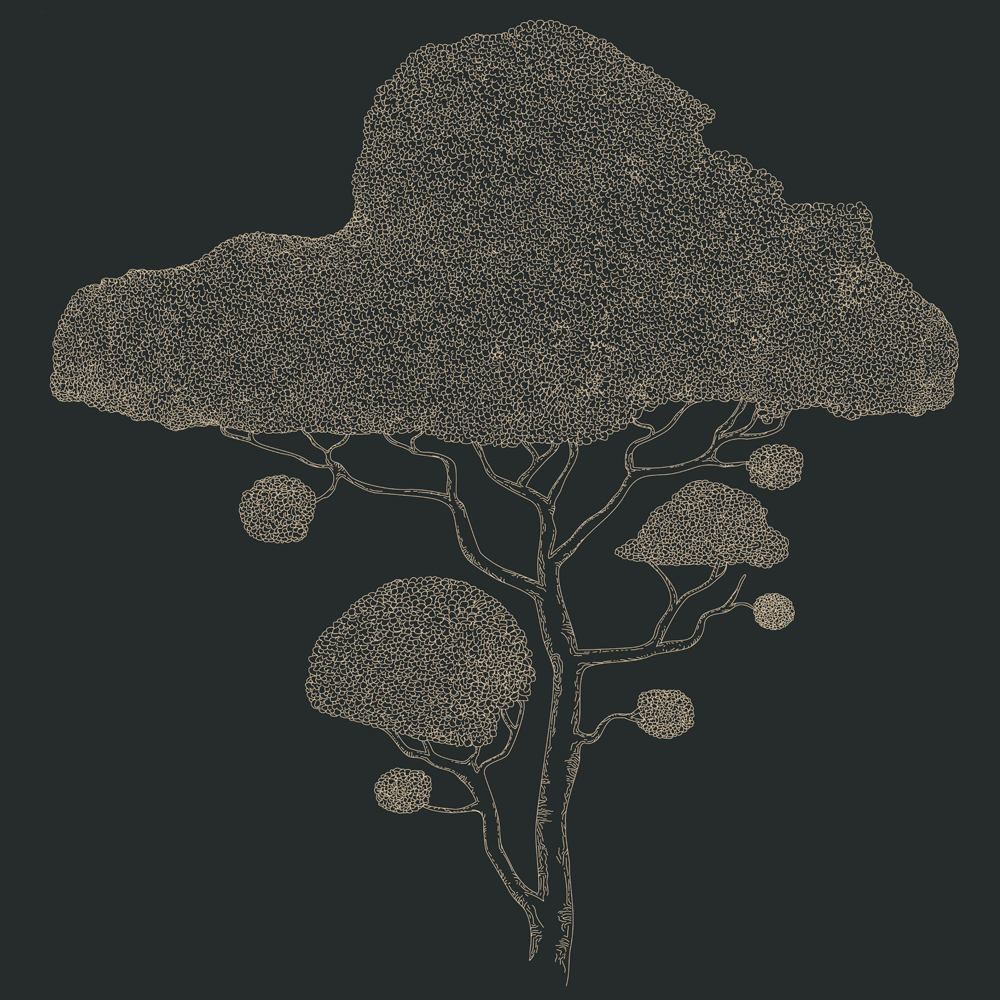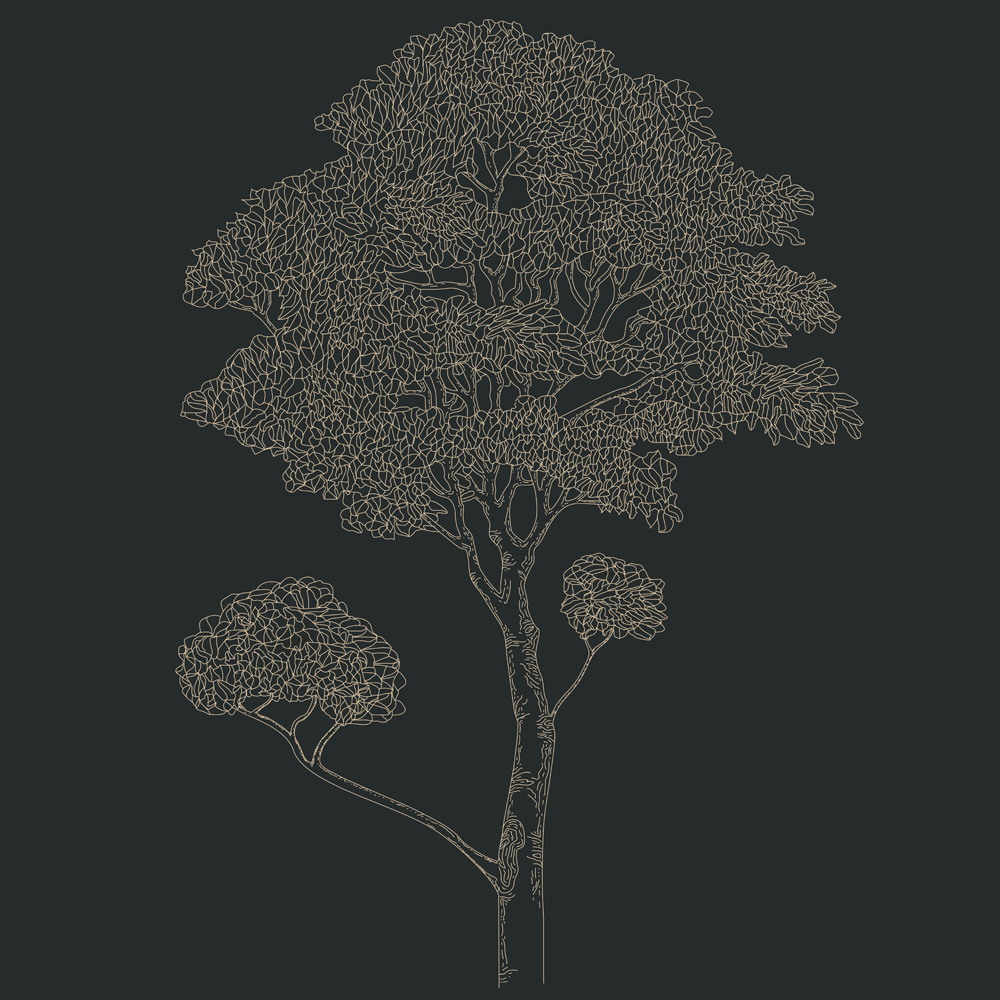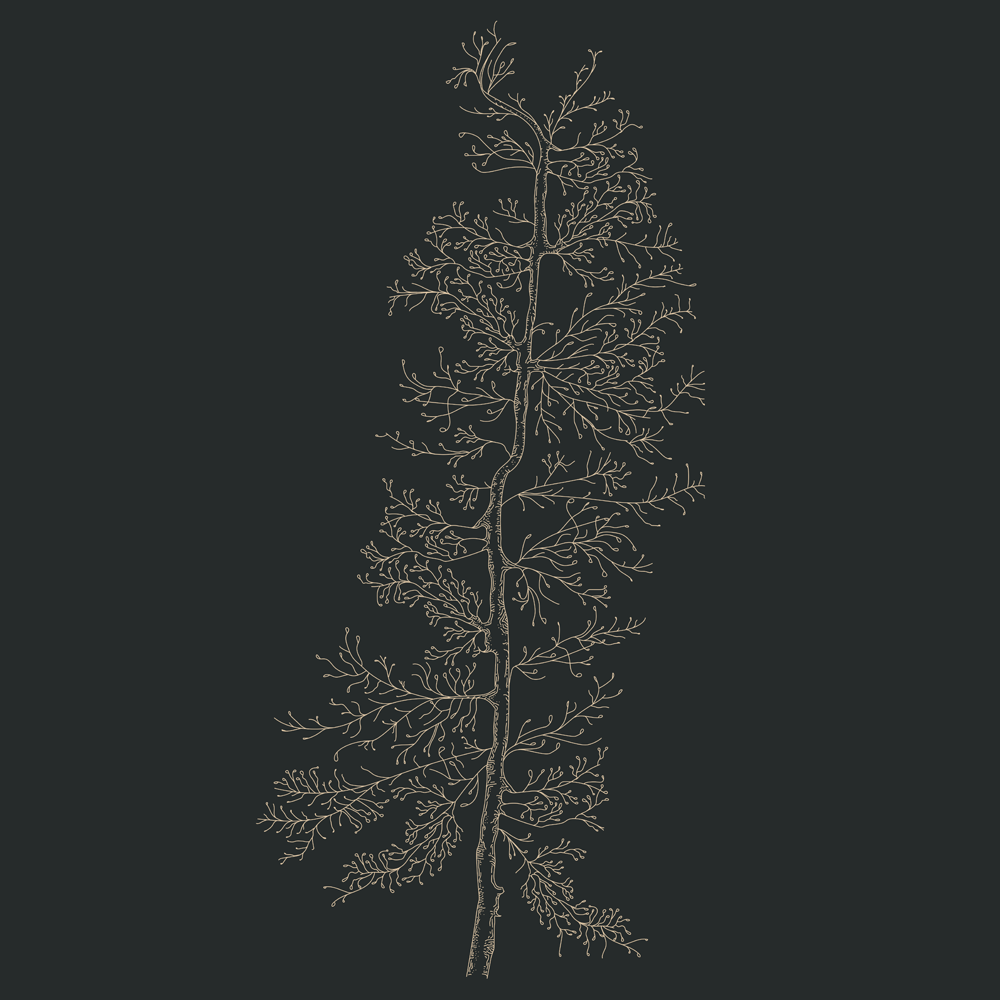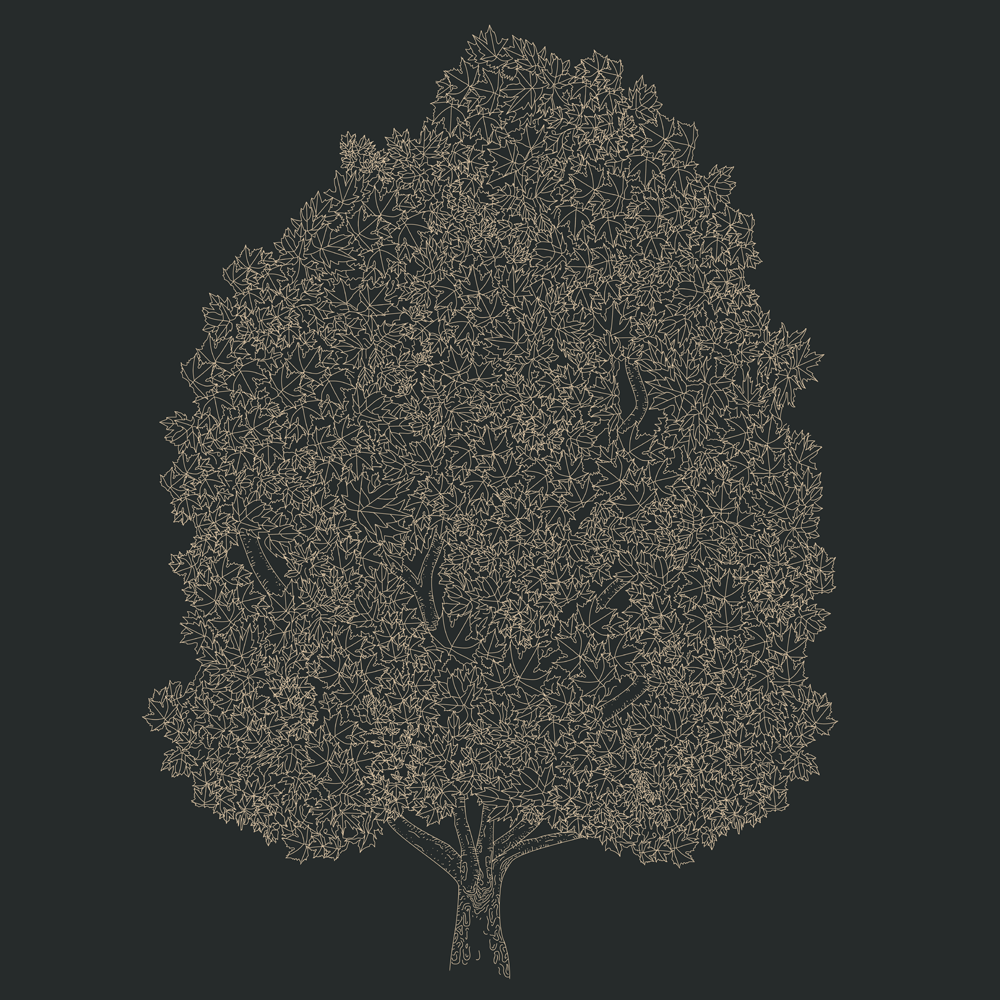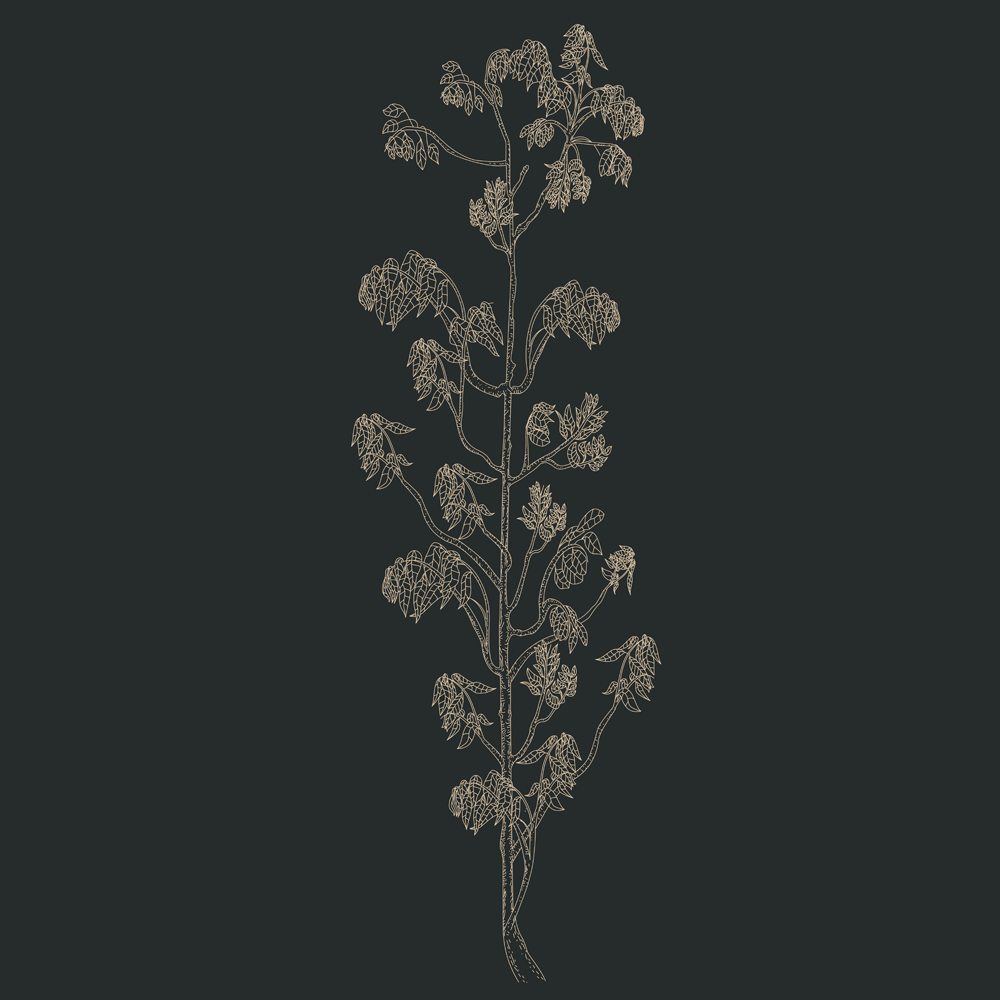Several afforestations took place in the park, the endemic trees are the willow, the aspen and the black poplar. Currently there are more than 7,000 trees located in the park.
According some sources from the 18th century, two afforestation projects (one in 1755 and the other in 1785) took place in the Park. Willow, mulberry, and acacia trees were planted, none of which are still alive today. After 1808, the Batthyány-Witsch installation consisted of acacia and plane trees, the Nebbein installation included silver linden, plane and swamp cypress. A few of the plane trees are still alive in the park, being some of the oldest trees there.
In 1817 a tree nursery was established in City Park, which benefited from donations of saplings and seeds by the Palatine of Hungary, Archduke Joseph, chair of the Royal Urban Planning Committee. The bald cypress planted by Archduke Joseph himself in 1846 was still living in the 1990s.
In the early 20th century, the planting of new trees by Räde consisted of Amur cork tree, common beech, Kentucky coffee tree, eastern American black walnut, tulip tree, crabapples, which made the park more colourful.
It is almost impossible to list all the species of trees that appeared in the City Park in the 20th century. Following World War I. downy birches (Betula pubescens), paper mulberries (Broussonetia papyrifera), Norway spruces (Picea abies), walnut trees (Juglans cathayensis), solanums, and smoke trees (Cotinus coggygria) were planted.
The most recognizable species of trees found in the Little Botanical Garden are: Chinese mahagony (toona sinensis), atlas cedar (cedrus atlantica), juniper (juniperus communis), black pine (pinus nigra), ginkgo (ginkgo biloba), sycamore (acer pseudoplatanus), horse-chesnut (aesculus hippocastanum), paper mulberry (broussonetia papyrifera), plum (prunus domestica), common hawthorn (crataegus monogyna), beech (fagus sylvatica), eastern American black walnut (Juglans nigra), tulip tree (liriodendron tulipifera), philadelphus, common oak (quercus robur), whitebeam (sorbus aria), and grapevines (vitis).
Some famous trees also decorate the City Park, field maples next to the Museum of Transportation, a green maple tree between the Museum of Agriculture and Petőfi Hall, the double trunked yew tree on King’s Hill, a common jew tree planted on the yard of the Museum of Agriculture, holly, Oregon grape, and leatherleaf viburnum.
The graphic design of the tapestries on display at the exhibition was inspired by the trees at City Park.
Városliget Zrt. keeps an accurate registry of trees, evaluates their condition with the aid of specialists, and where necessary heals ill trees.
